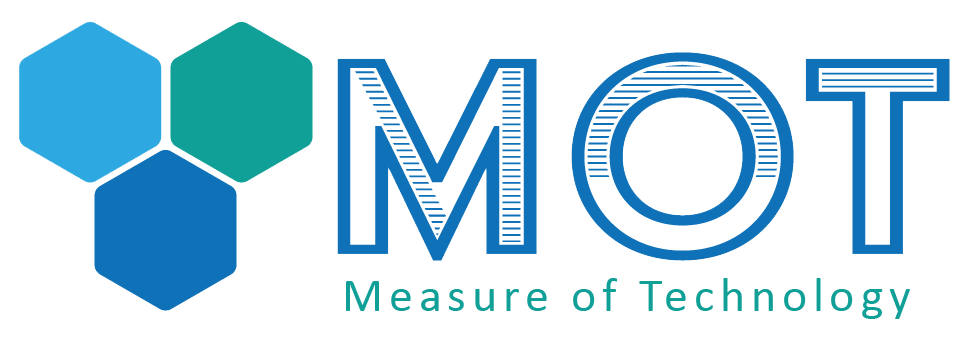Understanding Ransomware: A Comprehensive Guide to Prevention and Protection
by Oli King - Mon 29 Jan 2024In today's interconnected world, the risk of a cyber-attack is a ever increasing concern for businesses, and the threat of ransomware looms large, posing a significant risk to individuals and organisations alike. Ransomware is malicious software, designed with the intent to do harm to a computer, network or server. Generally, ransomware software is tailored to deny access to your device and its data, typically by encrypting your files. This blog post delves into the workings of ransomware, the impact a ransomware attack can have on your business and provides crucial insights on prevention and protection.
What is Ransomware?
Ransomware is a form of malware employed by criminal groups to block access to devices and data, often encrypting files and demanding a ransom for decryption to allow you to access your files or computer again. The attackers may go a step further by threatening to leak the stolen data, adding an element of extortion to their criminal activities.
How Does Ransomware Work?
A ransomware attack typically follows a specific sequence of steps, each designed to maximise the impact of the malware, designed to achieve the hackers main aim, the victim to pay the ransom amount. Here's an overview of how a ransomware attack generally works:
It starts with one computer getting infected with the ransomware, which can occur through various means, including malicious email attachments, phishing links, infected websites, or exploiting vulnerabilities in software. Once the ransomware is on one computer, it will begin to spread throughout your entire network, infecting as many other devices on the network as possible.
Next, it will start to try and establish control over the computer and connected network, normally by disabling any security software in place so it can remain undetected and carry on working in the background.
Once it has spread throughout the computer and network and has established control, it will move onto identifying and encrypting files so you cannot gain access without a specific key or password, which only the hacker(s) know. More sophisticated ransomware can also identify and target other computers and drives connected to your network, impacting more of your business.
Once your files and data have been encrypted, you will then be presented with a message or notification, telling you that the hackers have access and control, and the only way to get control and access to your files and drivers again is to pay a ransom amount. Typically, cryptocurrency such as Bitcoin is asked for, making the transactions harder to trace so the hackers cannot be identified and ultimately prosecuted.
Threats such as the data being permanently deleted or leaked online may be made, designed to make the victim of the ransomware attack pay the ransom, but it is important to note that cyber experts and government bodies (such as the National Cyber Security Centre) advise against paying any ransom. Not only does paying the ransom support criminal groups or individuals, but there is no guarantee you will be given access to your files and systems after payment has been received, the ransomware will still be present within your business and if you have paid once, it is likely that you will pay again, so your business is more likely to be targeted again in the future.
Prevent and Protect Against Ransomware:
Protecting against ransomware requires a multi-layered approach, combining technical measures, user education, and proactive practices. But the best way to protect yourself and your business from a ransomware attack is to be as prepared as possible, and have measures and steps in place which will either reduce the reach and impact of a ransomware attack, or identify and contain the ransomware software.
Taking regular back-ups of your data, or at least your critical data and either storing them offline or in a secure, isolated environment is a good first step. In the event of a ransomware attack, you will be able to run from a recent back-up, and retain access to your files and data. The backup restoration process should also be regularly checked to ensure its effective and will work when needed.
Using Antivirus and Anti-Ransomware/Malware software is probably one of the most obvious steps to take, but making sure these, and all software is kept up to date is vital. Antivirus and Anti-Ransomware/Malware software can detect and block known ransomware and malware and employ behavioural analysis to identify suspicious activities indicative of ransomware. Keeping all software updated with the latest updates and security patches is critical to address vulnerabilities that attackers may exploit, and any new ransomware software that has been released.
Educating yourself and your team about potential threats, and provide training on recognising and avoiding phishing attempts, such as opening suspicious emails and links from unknown sources is a great way of preventing a ransomware attack. Clicking a link or downloading a file can open the door to your computer systems for the ransomware.
Strengthening and reinforcing your network security through firewalls, antivirus software, and regular security audits along with developing and implementing an incident response plan can help efficiently handle a ransomware attack, minimising its impact.
Ransomware poses a serious threat in today's digital landscape, but with awareness, preparation, and proactive measures, individuals and organisations can fortify their defences. By understanding the workings of ransomware and adopting best practices for prevention, you can safeguard your valuable data and mitigate the potential risks associated with cyber threats.
Want to give your IT a checkup? Contact us today to schedule your IT MOT and pave the way for a more resilient and optimised IT environment for your business. Additionally, the National Cyber Security Centre has published some guidance on how organisations can defend against malware and ransomware attacks, which you can find here.


